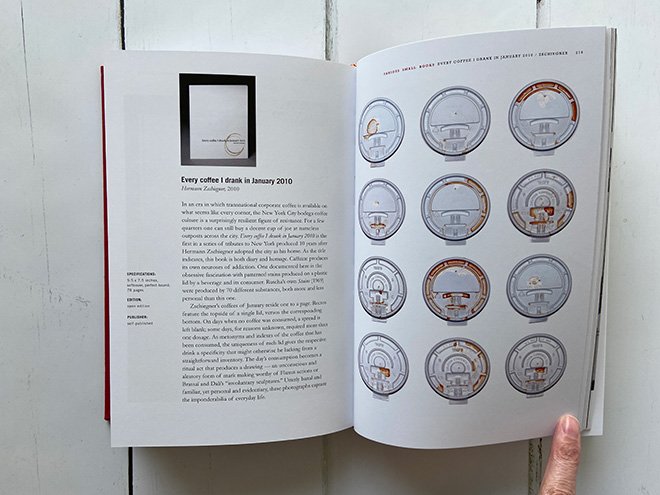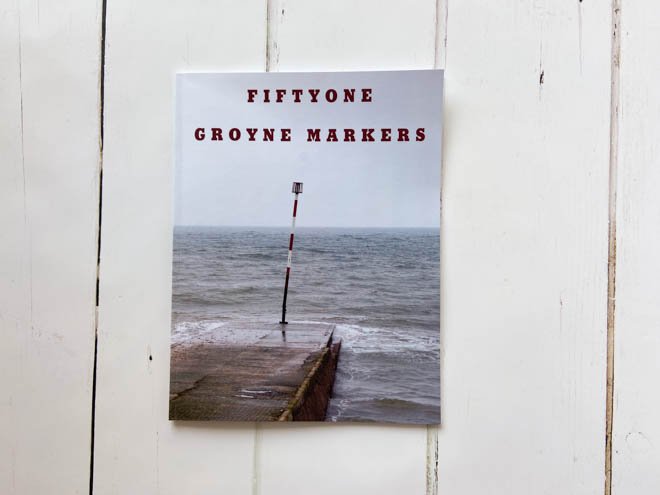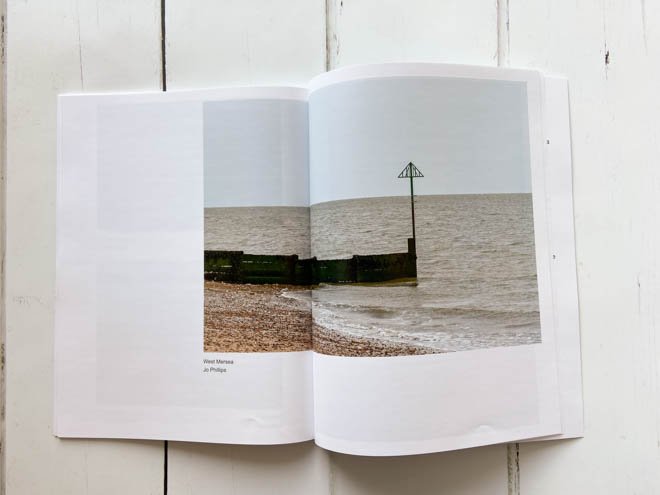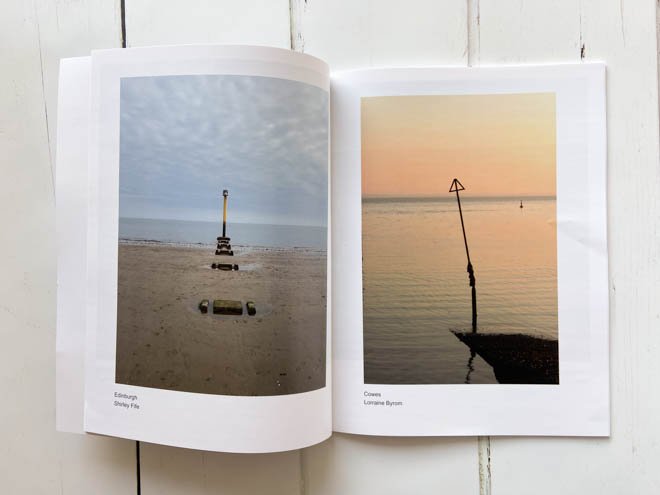Ahead of my next MA Photography module we were asked to make a collection inspired by the American photographer Ed Ruscha who started working in the 1960s and is still making art today.
Ruscha is known for:
drawing on “the everyday”
exploring the banality of urban life
maybe “deskilling” photography
the cohesion of his books (subject, type, layout, photograph)
being inspired by the readymades
having a consistent “ground line” (the location of the viewer in relation to the subject)
Ed Ruscha Twentysix Gasoline Stations 1963
Difficult to categorise
In Twentysix Gasoline Stations there is no identifiable story. Ruscha thought of the title first and then went out and made 26 images to fulfil the brief. Yet as viewer it is difficult not to try and impose a narrative. Is it a catalogue, a documentary, a road trip, a piece of reportage, sculpture or something else?
“Ruscha’s book leads the reader/viewer into a cul-de-sac or blind alley of aesthetic puzzlement” Eklund (2020).
“…his photobooks each remain a conundrum, antagonistically refusing to acquiesce to easy categorization or to be reconciled with traditional histories of photography and art.” Brouws et al 2013
“I suppose it’s an extension of a readymade in photographic form. Instead of going out and calling a gas station ‘art,’ I’m calling its photograph art. But the photograph isn’t the art—the gas station might be. The photograph is just a surrogate gas station. The photograph by itself doesn’t mean anything to me; it’s the gas station that’s the important thing.” Ruscha in Eklund (2020).
Inspired by Ruscha
In creating a book inspired by Ruscha I am joining a long, long list of photographers who have done the same. Various Small Books (Brouws et al 2013) details many of these; from more gasoline stations to empty coffee cups, from swimming pools to football stadia.
For my project I chose also to explore the notions of authorship and collaboration by merely being responsible for the instructions and assembly, not the image-making. I asked volunteers to take a new photograph of a groyne marker in a straightforward style with no animals or people in the frame. I assembled these into a magazine and used one of my own images on the cover. Why groyne markers? Because as I progress around the coast of England they are something that unites the whole coast, appearing in all regions; they are a utilitarian piece of nautical infrastructure indicating the presence of a hazard at high tide.
Is the magazine mine? Yes, I am the author. The photographers did not collaborate though; they contributed. They had no say in the instructions; the only choice they could make was whether to participate. (They could have ignored the instructions if they had been so-minded and I would still have included their image. Nobody did this, although a couple of images have stretched the “straightforward” instruction.)
Thank you to everyone who contributed. The collection encourages comparison between markers and joins the conversation with Ruscha’s Twentysix Gasoline Stations.
Further reading and references
https://www.tate.org.uk/art/artists/edward-ruscha-1882/ed-ruscha-and-art-everyday
Brouws, Burton & Zschiegner (2013) Various Small Books MIT
Ekland (2020) https://www.journals.uchicago.edu/doi/10.1086/712770








